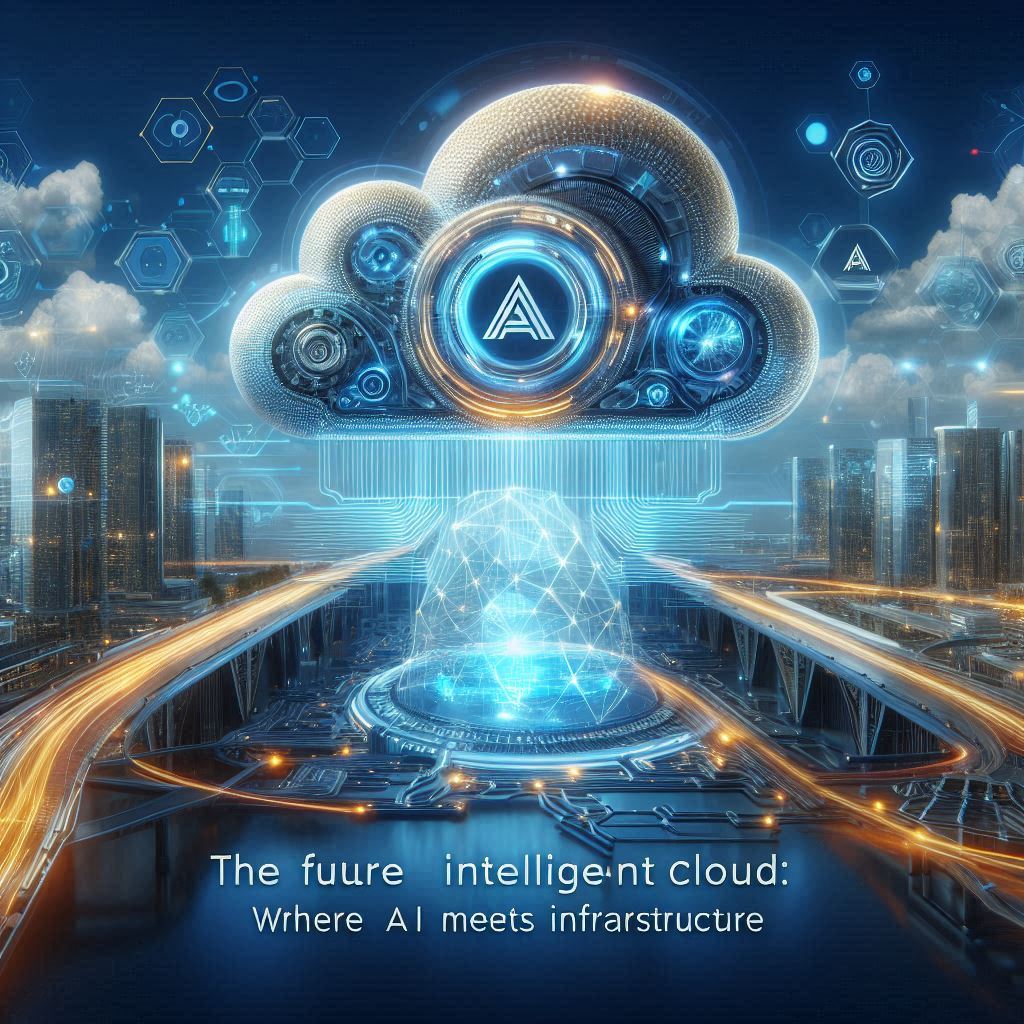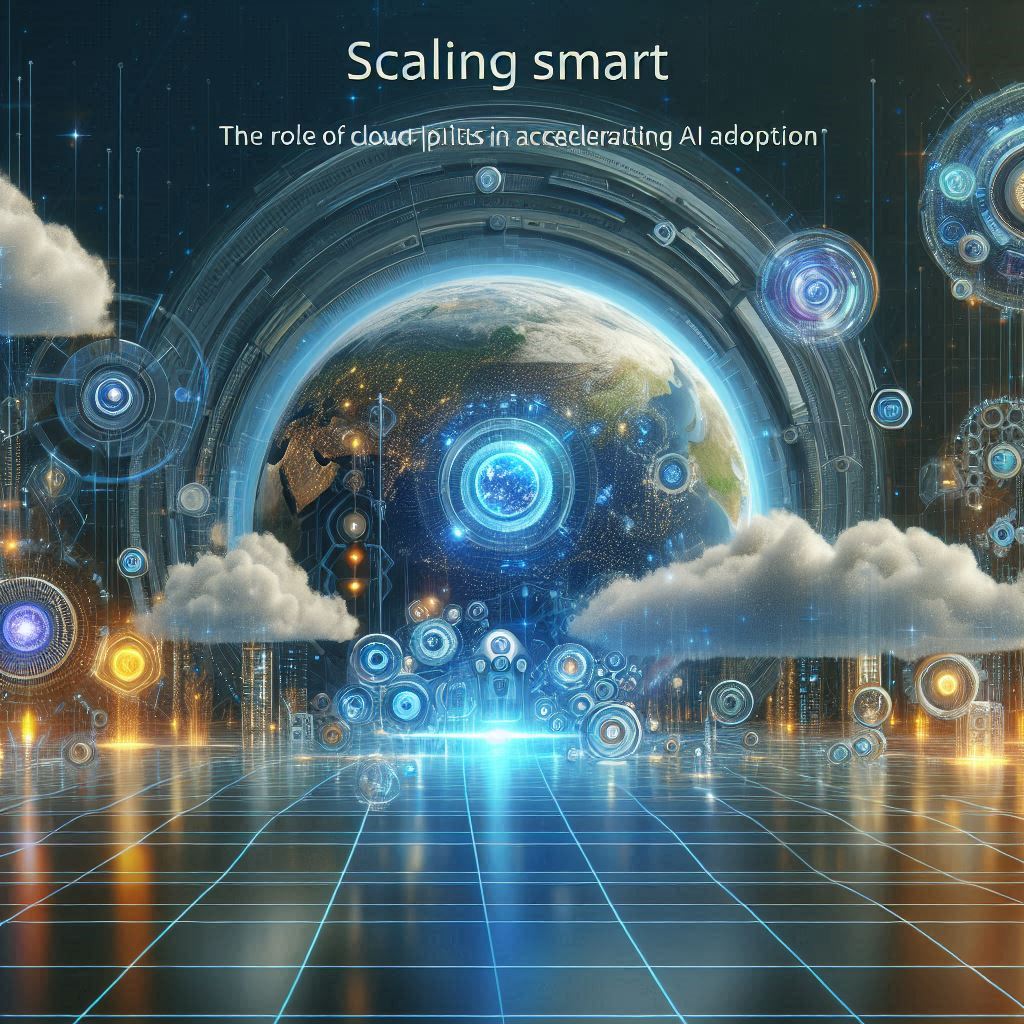In the rapidly evolving digital landscape of 2025, the synergy between cloud computing and artificial intelligence (AI) is proving to be more than a mere technological trend—it’s a foundational shift. This powerful combination is enabling groundbreaking advancements that are redefining how businesses operate, how research is conducted, and how consumers interact with technology.
A Glimpse into the Past
To appreciate the current momentum, it’s important to briefly revisit the past. Just a decade ago, AI development was largely restricted to institutions with deep pockets and robust infrastructure. High-performance computing systems were costly, and managing large datasets was cumbersome. The idea of training complex neural networks on-demand seemed out of reach for smaller organizations and individual developers.
However, the emergence of cloud computing platforms such as Amazon Web Services (AWS), Microsoft Azure, and Google Cloud has changed the game. They’ve democratized access to computational power, allowing startups and enterprises alike to experiment and innovate without investing heavily in physical infrastructure.
Fast Forward to the Future: The Cloud-AI Alliance in 2025
Now in 2025, cloud computing has become the invisible backbone of AI development. From autonomous vehicles and intelligent healthcare diagnostics to real-time fraud detection in finance, cloud platforms are hosting the brains behind these intelligent systems.
According to a recent report by Gartner, over 80% of AI workloads are now deployed on cloud platforms, a figure that has more than doubled since 2020. This surge is attributed to the increasing need for flexibility, scalability, and real-time processing power.
McKinsey & Company estimates that the AI market will add $13 trillion to the global economy by 2030, and much of that growth is being underpinned by cloud infrastructure. In 2025 alone, enterprises are projected to spend $232 billion on AI-related cloud services, highlighting the strategic importance of this integration.
Real-World Applications Redefining Industries
In healthcare, cloud-based AI is revolutionizing diagnostics. Platforms like IBM Watson Health leverage massive cloud storage to process medical records and suggest personalized treatment plans. Radiologists are now using AI models hosted in the cloud to detect abnormalities in X-rays and MRIs with accuracy rivaling human experts.
The automotive sector, too, is embracing this cloud-AI alliance. Companies like Tesla and Waymo are training their self-driving algorithms using terabytes of real-time data processed through cloud data lakes. This ensures that autonomous systems continue to learn and adapt at scale.
In retail, giants like Walmart are harnessing cloud-driven AI to optimize supply chains. By analyzing purchasing patterns, predicting demand, and automating restocking, they’re not just improving operations but also enhancing the customer experience.
Accessibility and Innovation for All
One of the most transformative aspects of this evolution is accessibility. Cloud-based AI tools such as Google’s Vertex AI, Amazon SageMaker, and Microsoft’s Azure Machine Learning offer user-friendly interfaces and pre-built models. This lowers the barrier to entry and empowers developers, researchers, and businesses to create intelligent applications without needing deep expertise in data science.
This is particularly relevant in regions where traditional infrastructure is lacking. Cloud AI allows innovation to thrive in developing economies by providing equal access to computational resources, regardless of geography.
Challenges and Considerations
Despite the optimism, the fusion of AI and cloud computing isn’t without its challenges. Concerns around data privacy, latency, and energy consumption continue to surface. Regulatory frameworks are still catching up to the pace of innovation, making compliance a critical consideration, especially in sectors like finance and healthcare.
Additionally, the growing dependency on a few major cloud providers raises questions about vendor lock-in and market monopolization. Organizations are now exploring hybrid cloud and multi-cloud strategies to mitigate these risks.
Looking Ahead
The journey from the past to the future has been swift, and the trajectory is clear: cloud computing is not just supporting AI—it’s accelerating it. In 2025, we stand on the brink of an AI-powered world made possible by the limitless potential of the cloud. Whether it’s enhancing daily life or solving complex global problems, the collaboration between these two technologies is shaping a smarter, more connected tomorrow.
As we navigate this new era, one thing is certain: those who harness the cloud to power their AI ambitions will be the ones leading the charge into the future.






